Daxingshan Temple
Introducing Daxingshan Temple
Daxingshan Temple was first built in 266 during the Western Jin Dynasty (265-316). It is one of the oldest Buddhist temples in China. In 582, Emperor Wendi of Sui Dynasty (581-618) had this temple rebuilt and named it Daxingshan Temple. Six Prominent Buddhist Monks settled at the temple under the command of Emperor of Wendi of the Sui. From 716 to 720, during the Kaiyuan period (713–741) of the Tang Dynasty, Three Indian monks, Śubhakarasiṃha, Vajrabodhi and Amoghavajra, resided in the temple, where they translated Buddhist sutras. Daxingshan Temple was one of three sutras translation sites, together with Da Ci'en Temple and Jianfu Temple. Chinese Esoteric Buddhism was founded here at Daxingshan Temple and started to be disseminated as far as East Asian countries such as Korea and Japan. Japanese Buddhist monks Ennin and Enchin received Chinese Esoteric Buddhism and introduced it from China to Japan. Daxingshan Temple was completely damaged in the Great Anti-Buddhist Persecution of Emperor Wuzong of Tang Dynasty in 845. With the downfall of the Tang dynasty in 907, most parts of the temple were ruined in wars and natural disasters, and gradually it became unknown to public. The present structures in the temple were repaired or built in the Ming Dynasty (1368–1644) and modern China.
Watch this video showcasing Daxingshan Temple
Kind Notice: You can not watch this video if you are in China (YouTube is blocked in China).
Daxingshan Temple Fast Facts
• Chinese Name: Da Xing Shan Si 大兴善寺
• Best Time to Visit: Apr, May, Sept, Oct.
• Recommended Visiting Hours: About 1 to 2 hours
• Type: Buddhism
• Opening Hours: 08:00-17:00
• Entrance Fee: Free
• Address: No. 55 Xingshansi West Street, Yanta District, Xian, Shaanxi Province
What to expect at Daxingshan Temple
Daxingshan Temple is laid out in a typical Ming dynasty Buddhist temple architectural arrangement. Five buildings stand along the central axis of the temple, including the Temple Gate, Hall of Heavenly Kings, Mahavira Hall, Avalokiteshvara (Guanyin) Hall, and Dharma Hall, from south to north. Subsidiary structures were built on both sides of the central axis including the Drum Tower, Bell Tower, Ksitigarbha Hall, and Manjusri Hall.
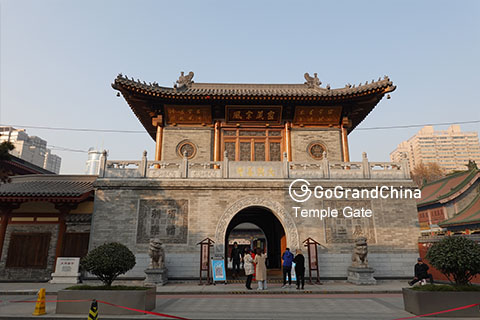
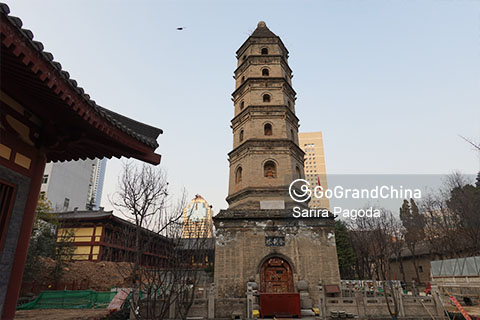
Hall of Heavenly Kings
Maitreya is enshrined in the Hall of Heavenly Kings and at the back of his statue is a statue of Skanda. Four Heavenly Kings' statues are enshrined in the left and right side of the hall. The statues of Maitreya and Skanda were made in the Ming dynasty (1368–1644).
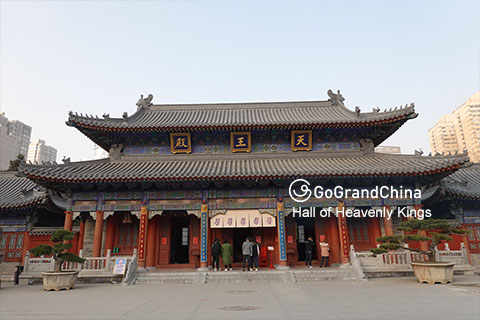
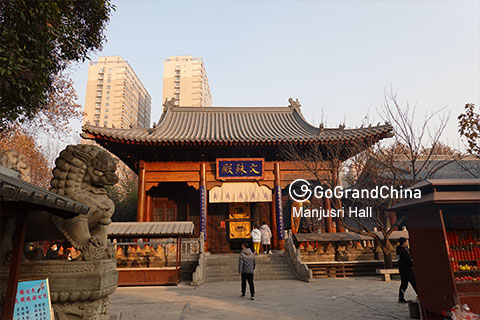
Mahavira Hall
The Mahavira Hall is the prime hall in this temple. In the middle of the hall placed the statues of Five Directional Buddhas, the central statue representing Sakyamuni. The Vajrayana philosophy of Buddhism conceived the idea that the world is composed of five cosmic elements and they are symbolized by these Dhyani Buddhas. The statues of Twenty-four Protector Deities sculpted in various postures with lifelike expressions stand on both sides of the hall.
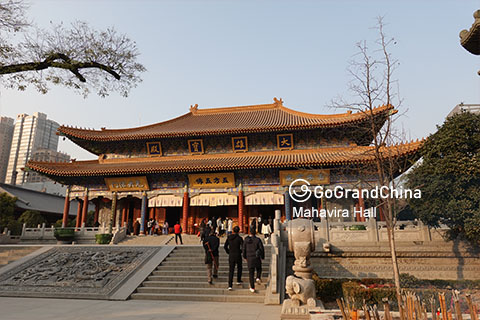
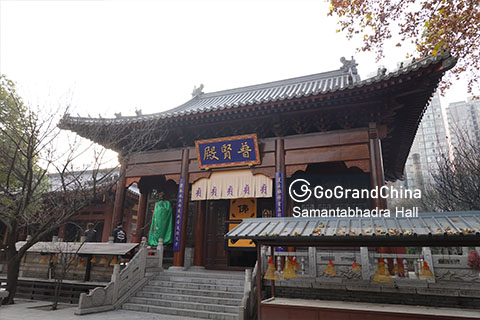
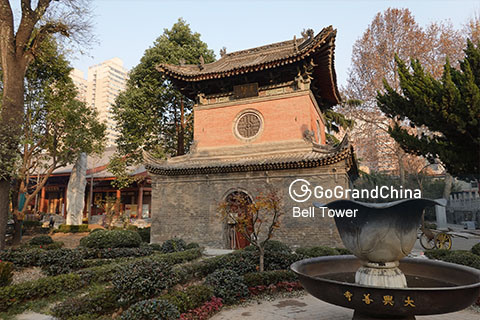
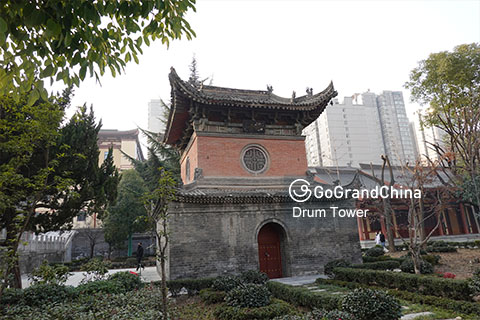
How to get to Daxingshan Temple
• Take bus No. 701 and get off at Daxingshansi Dongjie Station.
• Take Metro Line 2 or Line 3, get off at Xiaozhai Station (Exit A). Walk towards north along Chang’an Middle Road for around 5 minutes, and then turn west and walk for around 5 minutes.
• Rent a car/bus from GGC to enjoy a hassle free private transfer from hotels in Xian to Daxingshan Temple.
There are no products matching the selection.
